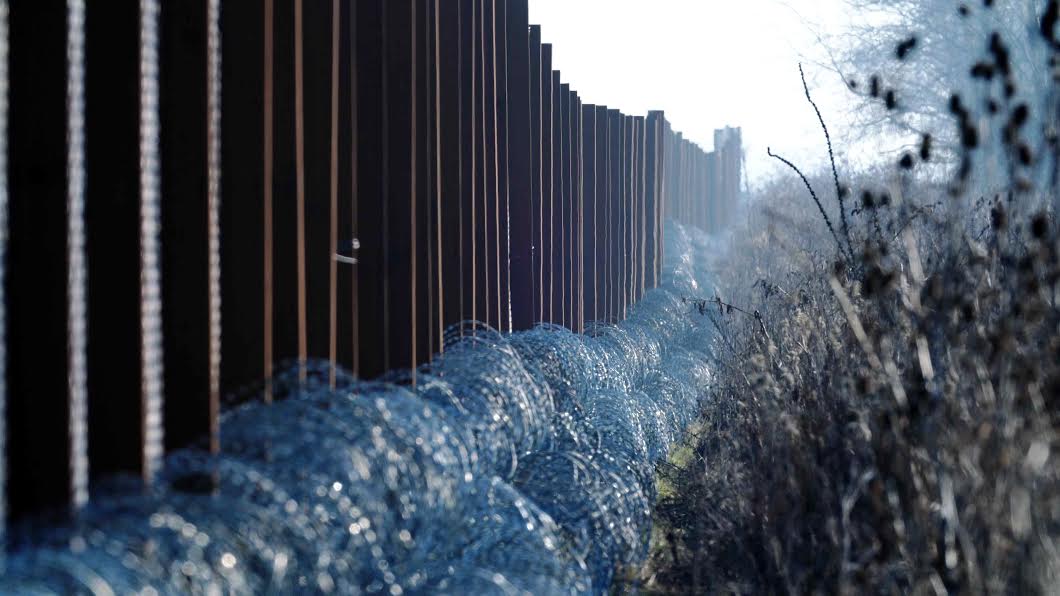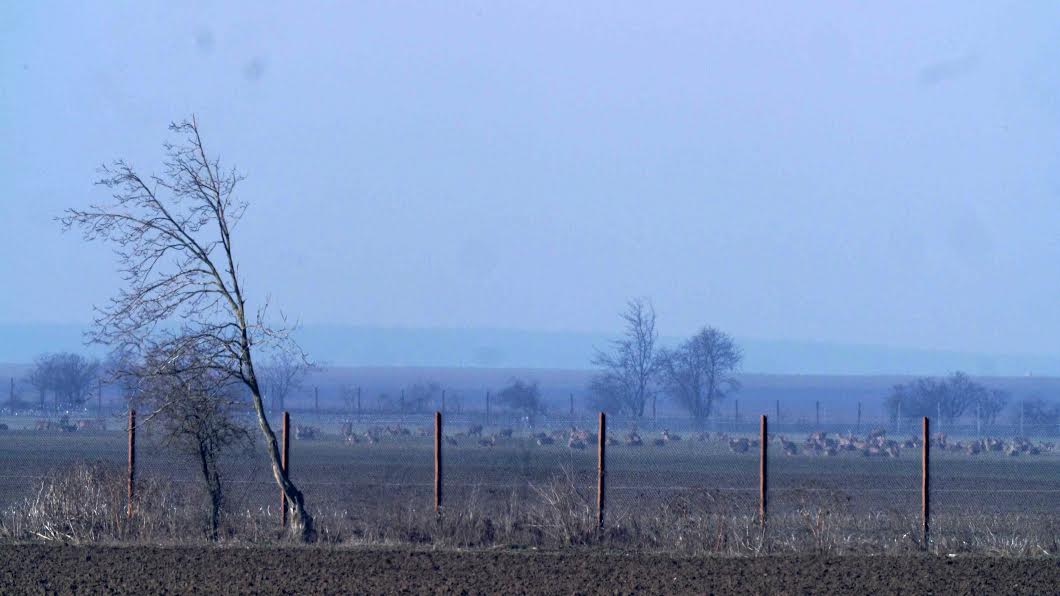The Hungarian fence remains on Croatia’s border. Meet the thousands of migrants trying to cross into Croatia but who remain trapped inside Hungary.
One region.
One wildlife.
And, from a few months ago, one fence.
Total Croatia News has covered the refugee and migrant crisis extensively over the last few months, from the erection of the first fence in Hungary to the ongoing issues on the Slovenian border. While the fence has influenced the pattern of migration and the changing of routes, the effect on the animal population has been considerable – and largely underreported.
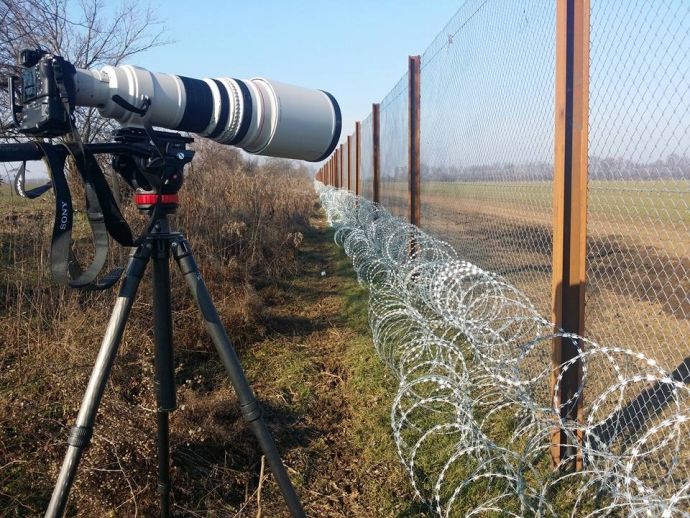
TCN spent the morning with Mario Romulic on January 21, 2016 on the Croatian-Hungarian border region of Baranja (Baranya in Hungary – the region is divided by the border of the two countries – and now a fence). Romulic, who is one of Croatia’s best-known photographers, and who has enjoyed a glittering international career all over the world in some of its remotest places and most dangerous warzones, is also an accomplished wildlife photographer, and he is never more content than when working in the natural paraside of Kopacki Rit near his native Osijek, a nature park of outstanding beauty close to the Hungarian border.
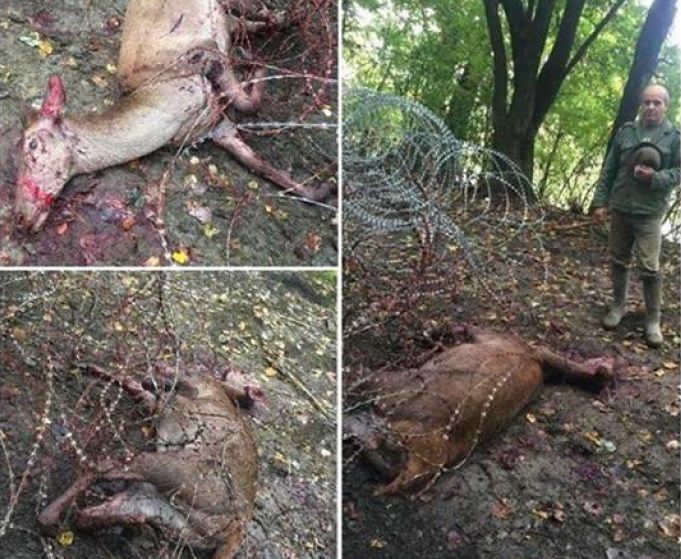
(Photo credit Janos Horvath)
As previously reported with the picture above, photographs of migrating animals caught in the wire where until recently open ground stood went around the world, symbols of the large number of non-human victims of the largest refugee crisis in Europe since the Second World War, but in many respects, Romulic’s tour was equally as depressing, despite it not including dead animals entangled in the hated wire fence.
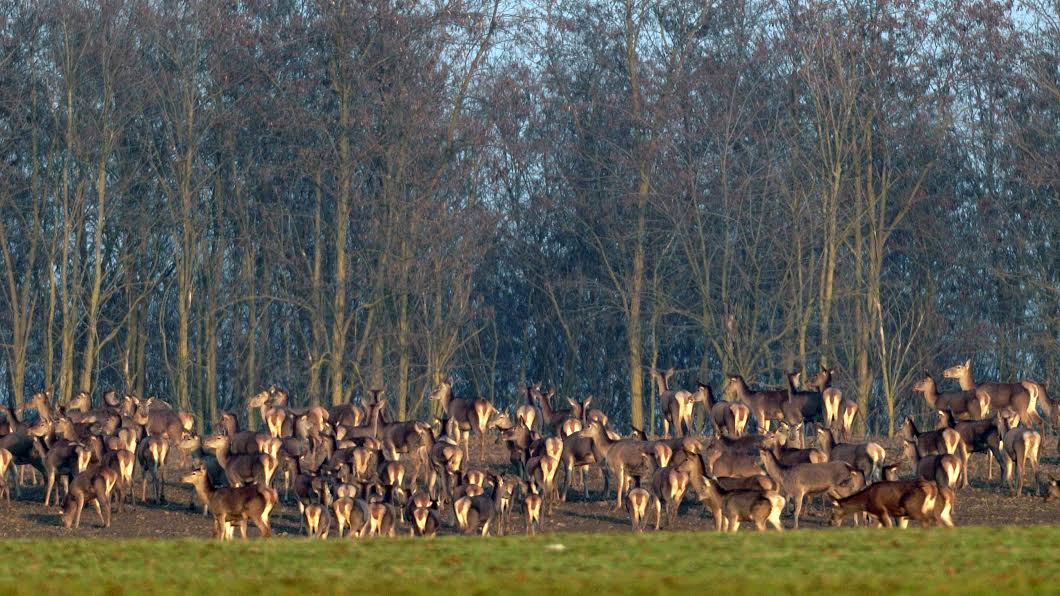
Romulic, whose knows the terrain and migration patterns of the various wildlife extremely well, estimated that the herd of deer we came across numbered about 2,000 – the largest he had seen in his years covering wildlife in the Baranja region. Where normally they would cross a border they never knew existed, the charms of Croatia were now blocked off to them.
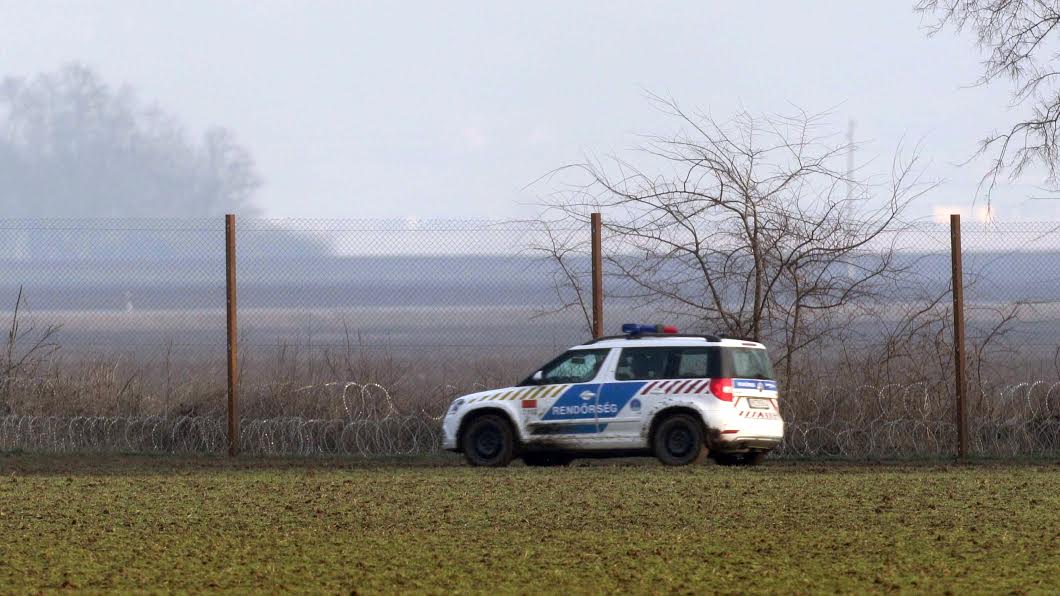
And in case anyone was going to make a run for it, the police were on hand making sure any attempts would not be successful.
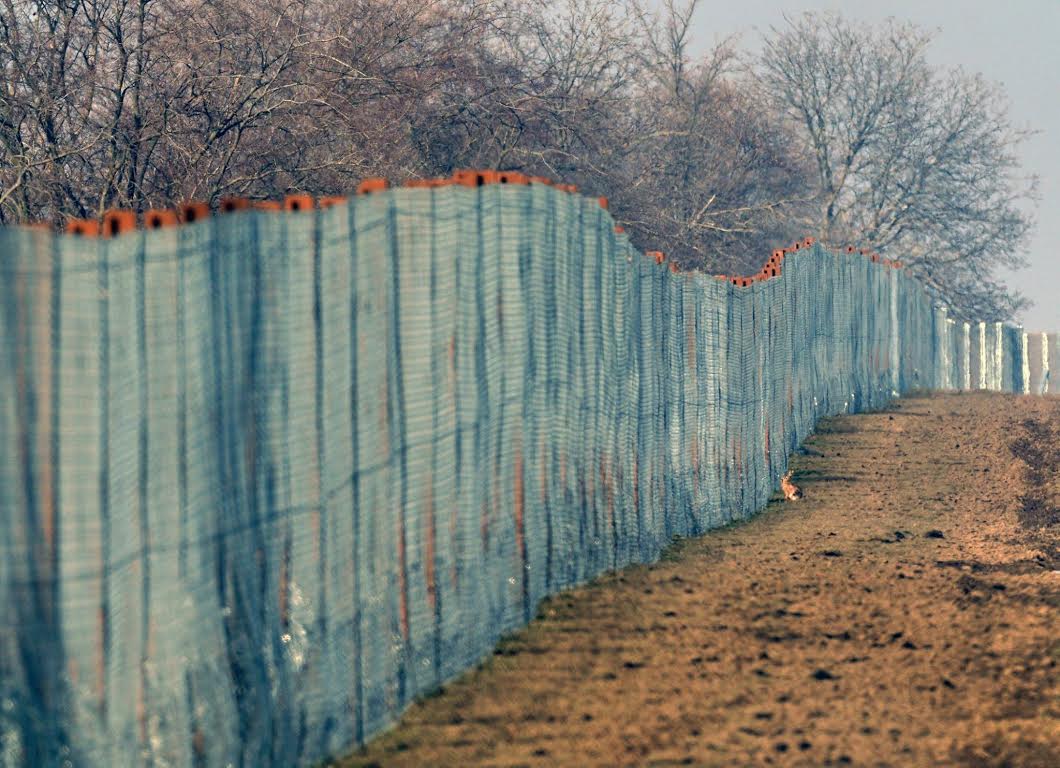
It should be pointed out that all the photographs in this article (copyright Romulic and Stojcic) are in fact screenshots from a poignant video Romulic is putting together of his findings, and one of the most striking images we are publishing is of this rabbit in front of the fence. Confusion reigns, perhaps a symbol of the whole wire fence policy which is engulfing parts of Europe. As The Economist recently reported, just 25 years after the fall of the Berlin Wall, perhaps the greatest symbol of freedom in half a century, some 64 fences or barriers have been erected on borders by 40 countries since those heady days in Berlin.

Try explaining that to the rabbit in front of the fearsome fence.
Or to the thousands of wildlife, whose routine and migration patterns have been interrupted, perhaps forever.
And there is surely a certain irony in the fact that a fence which was built to keep migrants out is in fact preventing thousands of a different group of migrants from leaving Hungary.


